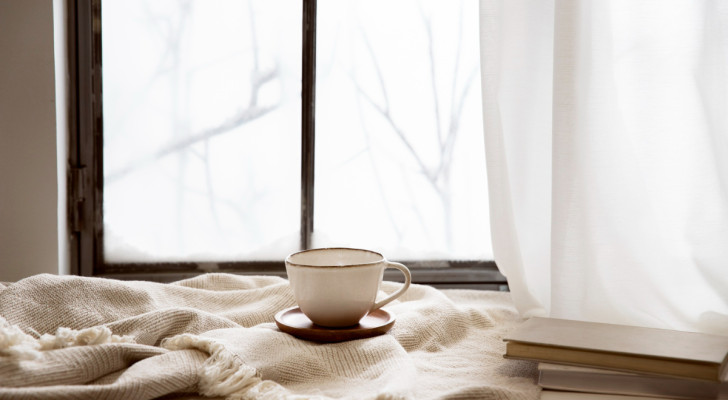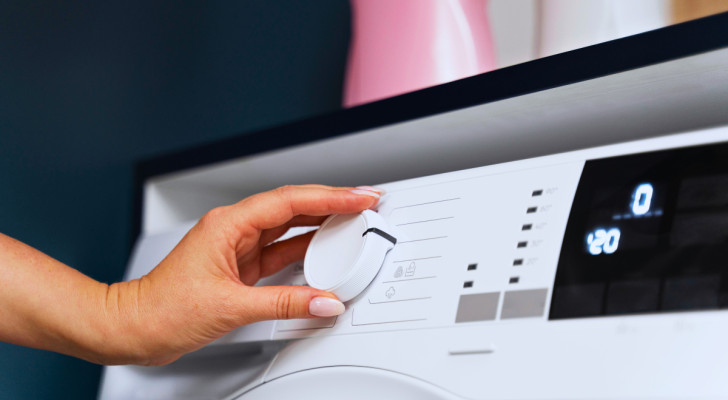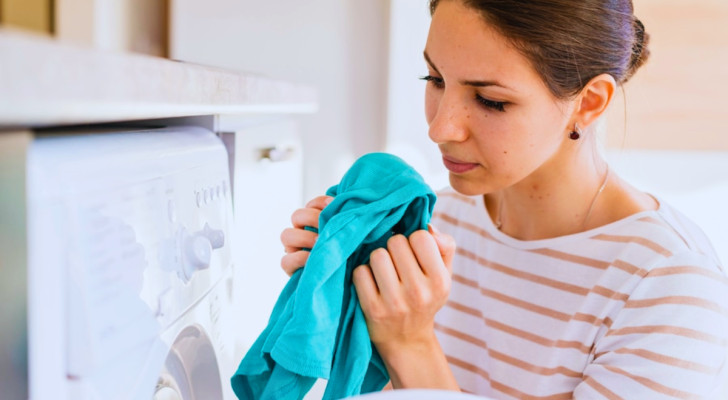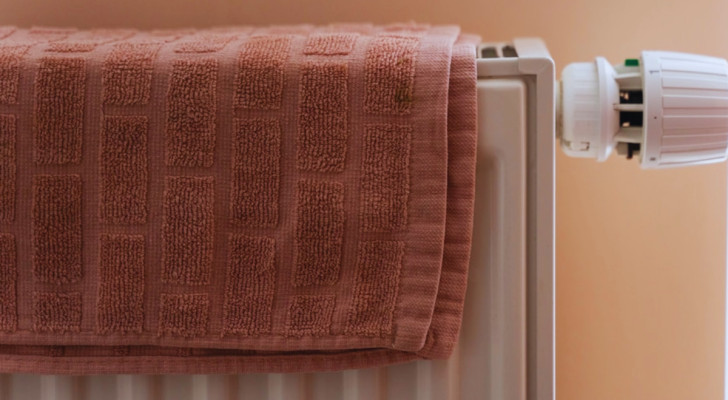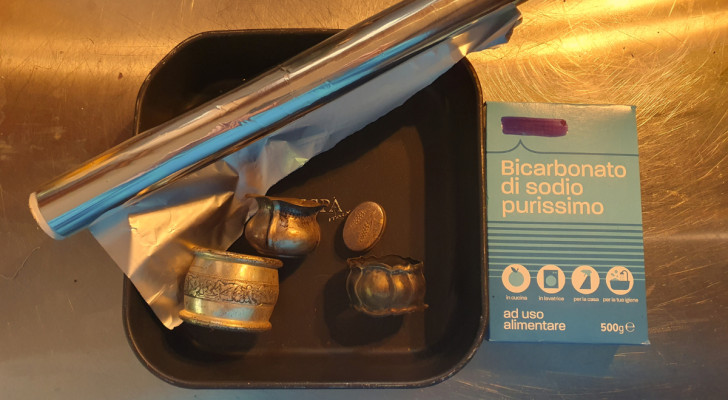Water stains on glass: remove them using parchment paper and baking soda
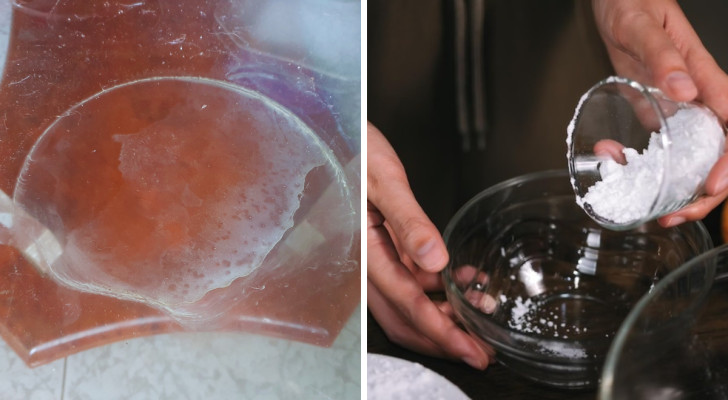
Did you put down a vase on a table or splashed some water on the windows/mirrors, and now there are white rings/spots left behind? And if you've ignored these marks for a while, you'll know they are difficult to remove. These marks - be they limescale deposits or residue of other minerals - can be removed, however, quite easily by using parchment paper or baking soda.
Parchment paper to remove limescale from glass

Creativo
Let's say that the surface to cleaned of limescale stains is the shower cubicle, or perhaps a spot where a plant was put down on a shelf or a glass table. If the stain is a recent one, you can probably remove it using use parchment paper.
The oily or waxy film of the paper can help remove limescale residue from the glass (and taps) without any risk of scratching these surfaces.
Simply crumple up some parchment paper (that hasn't been used) and use it like a sponge on the area to be cleaned. When the stain disappears, you can finish the job by wiping it with a soft microfiber cloth to polish the cleaned surface.
Baking soda paste for more stubborn stains
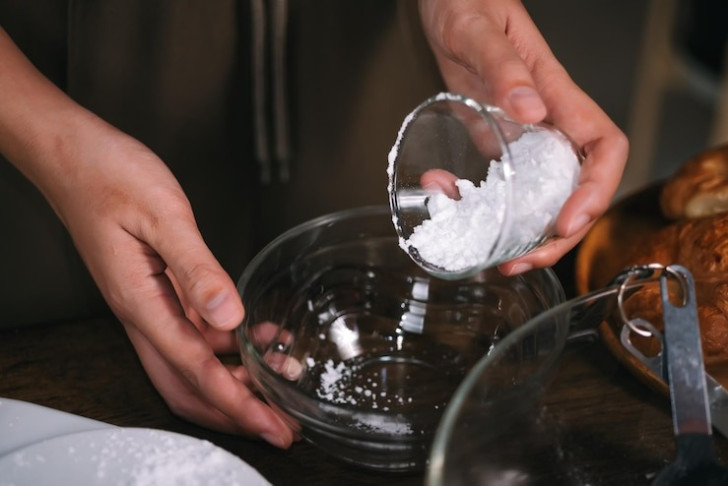
partystock/Freepik
If the above parchment paper remedy does not work, then it is time to try a stronger methods. Among these, is the use of baking soda.
Using baking soda, you can prepare a soft paste, simply by mixing it with enough water until it becomes creamy. Usually, this means mixing three parts baking soda with one part water.
Once you have your paste, you can apply with a non-abrasive sponge to limescale build-ups. You can also use and old soft-bristled toothbrush to get into areas you can't reach with the sponge.
Have a spray bottle of white vinegar to hand and, when you have finished spreading the baking soda paste, spray this onto the paste. As soon as the effervescent reaction ends, rinse everything off with the help of a damp cloth. If necessary, repeat the operation.
To avoid having to deal with stubborn stains like these, it is best not to postpone cleaning any limescale marks or stains that you spot on glass surfaces: the quicker you act, the easier this chore will be - and without the risk of ruining these delicate surfaces!

